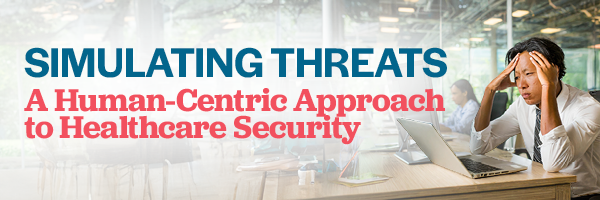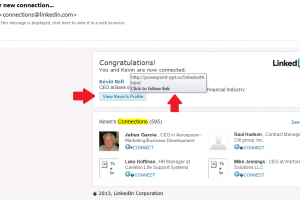
As healthcare remains one of the top targeted fields for cyber attacks, most practices at this point have established a basic level of cybersecurity safeguards and annual training. However, phishing has remained a persistent and potent threat due to cyber criminals’ exploitation of the human element. This blog post aims to shed light on the nuances of phishing in the healthcare sector, emphasizing the crucial role of employees in recognizing, responding to, and preventing email threats.
Understanding the Human Element
Phishing attacks are designed to manipulate individuals, relying on psychological tactics to deceive even the most vigilant employees. Cyber criminals rely on human error to infiltrate even the most technologically secure of systems. Beyond purely physical safeguards, empowering employees with comprehensive phishing education is essential.
Static vs. Dynamic Phishing Education
Traditionally, static training modules provide information on phishing awareness, yet they may lack the dynamic, real-world scenarios that employees encounter daily. Dynamic phishing education, on the other hand, immerses employees in simulated, real-time phishing scenarios. This approach not only educates but also tests and refines employees’ ability to recognize and respond to evolving threats. In healthcare, where the consequences of a phishing attack can be severe, dynamic education becomes a proactive defense.
In their 2023 Hospital Resiliency Analysis, the Department of Health and Human Services recommended the following plan for dynamic employee education:
- Conduct monthly phishing simulations; track click rates and email detection report rates by employees.
- Targeted education for frequent failures to monthly phishing tests.
- Recurring Education: Learning Management Systems training to be watchful for phishing and instruct how to report it.
Recognizing Phishing Red Flags
Healthcare professionals are often targeted due to the high value of sensitive patient information on the dark web. Common red flags of phishing emails include suspicious sender addresses, unexpected attachments, and urgent language. By familiarizing employees with these indicators, healthcare organizations can enhance their frontline defenses.
Responding to Phishing Incidents
In the unfortunate event of a phishing incident, a swift and effective response is crucial. Healthcare organizations should be proactive and have response protocols, including reporting mechanisms, incident analysis, and steps to mitigate potential damages, in place. Emphasizing a collaborative approach involving IT, cybersecurity teams, and employees should be highlighted.
Preventing Future Attacks
Prevention is the best defense against phishing threats, and the best form of prevention is employee education. Osterman Research’s recent Security Awareness Training study found that after 12 months of continuous training, the perception of studied users as ‘capable’ or ‘very capable’ at detecting threats jumped nearly six-fold, from 11% to 64%. Cultivating a cybersecurity-aware culture within the organization can significantly reduce the risk of falling victim to phishing attacks.
Conclusion
As healthcare organizations continue to navigate the complex realm of cybersecurity, addressing the human element in phishing defense is the key to success. By swapping static for dynamic education, healthcare professionals can fortify their defenses against cyber threats and safeguard both patient data and organizational integrity.



Leave a Reply